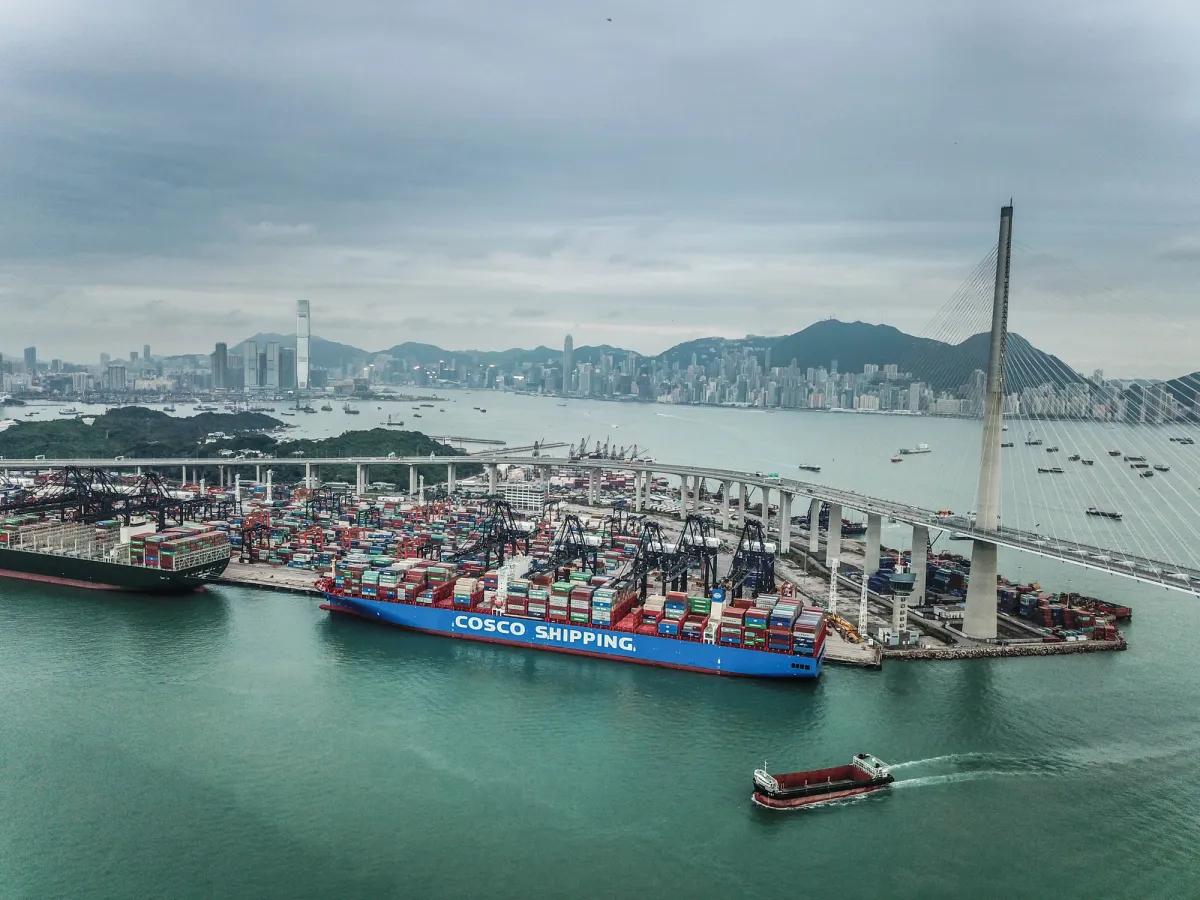As record temperatures continue to be recorded across Europe, the carbon footprint of the art industry—a sector widely associated with splurge, wealth and waste—is coming under increased scrutiny.
Many museums and commercial galleries are under pressure to demonstrably cut their emissions and lower their impact on the environment, in part through the requirement to publish their environmental, social and corporate governance (ESG) figures.
The Swiss mega gallery Hauser & Wirth, for example, now routinely publishes a comprehensive carbon budget for each of its exhibitions, a metric developed alongside the Carbon Accounting Company.
The British Museum in London, meanwhile, has published a 'Sustainability Ethos' in which it commits to: "Improving sustainability throughout all aspects of the British Museum’s operation and supply chains, from energy usage to waste management, from buildings to programming, from our global collaborations to new connections."
A large contributor to the ESG figures of many museums and galleries is transport—the environmental costs of freighting and shipping precious works the world over for touring exhibitions and shows.
But new companies are coming to the fore, aiming to cut the carbon costs of packaging and transporting artworks overseas.
One such organisation is the British company Rokbox Loop, a new rental packaging and shipping service that launched at the Art Basel fair in June this year.
The service, which has been co-financed by the art logistics company Gander & White, seeks to invert what Andrew Stramentov, the CEO of Rokbox, calls the “make-use-destroy” system of single-use wooden crates that is currently used by many galleries.
Stramentov is instead proposing a new rental system in which galleries loan reusable and recyclable crates for a month before returning them to a series of logistics hubs.
“Roxbox loop cuts the CO2, cost and waste of moving art,” Stramentov says. “The platform could reduce the carbon emissions for art fair shipping by up to 90%,” he says.
This is mostly to do with the weight of the company's new cases, which weigh significantly less than traditional wooden airfreight cases. "Rokbox cases are 90% lighter than equivalent museum cases and therefore need 90% less energy to move them," Stramentov says.
Cases are collected from and returned to one of seven different launch hubs in London, New York, Miami, Los Angeles, San Francisco, Paris and Zurich. Future hubs will be available at cities in North America, Europe, Asia Pacific and the Middle East. The system could be “revolutionary”, Stramentov says. Time will tell if this is true. But, with record-breaking temperatures recorded year on year, it’s clear the art world has to quickly change the way it does business.


